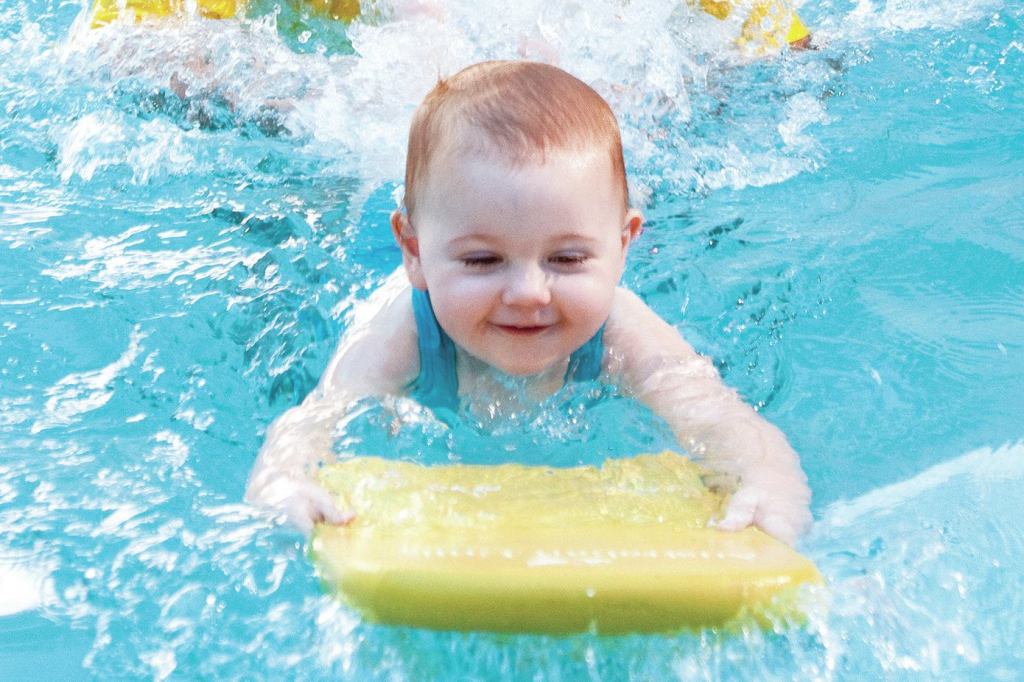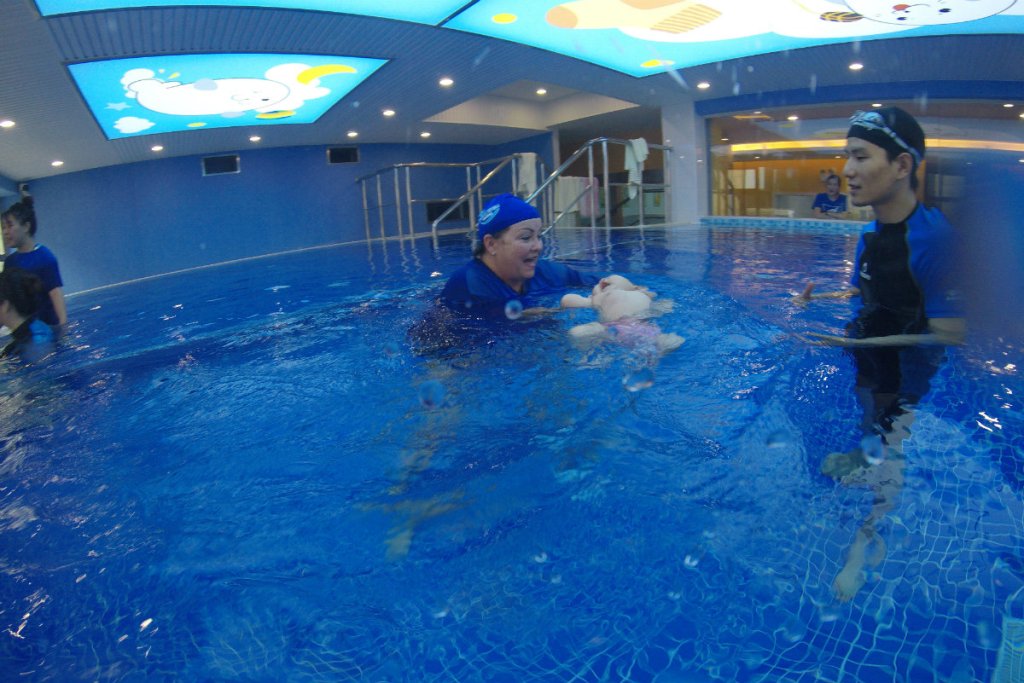Forgive Debbie Sayers for being a little jet-lagged. She recently returned home to Portland, Ore. from China — her third visit there within the past 18 months — and she’ll no doubt be called back again soon.
Her expertise in baby-toddler swim instruction is in demand, big time, in the People’s Republic of China, a nation bracing for a population boom now that families are freer to procreate. In October, 2015, the Communist Party of China ended its 35-year policy that, in effect, put a cap on the number of kids to one per couple. Though that law had been relaxed somewhat over the years, the country made it official: Couples now can have two children.
“The change of policy is intended to balance population development and address the challenge of an [aging] population,” a state-run news outlet said.
With double the kids, the country is scrambling to accommodate families with more gyms, playgrounds, recreation centers and, yes, swim schools. Sometimes, these pools are still being built as Sayers teaches instructors how to conduct swim lessons.
“One of the schools didn’t get finished because construction was behind, so we rented a hotel and did trainings,” said Sayers, owner and founder of DolFun Swim Academy in Portland, Ore.
Sayers is on the infant-toddler committee at the U.S. Swim School Association, a trade group providing education to approximately 400 members. She has a background in early childhood education, wrote curricula for infant-toddler swim instruction and has spoken on the subject in multiple countries, making her the association’s point person on many international swim school projects.
Lately, it’s China that’s demanding much of her time. The county’s learn-to-swim industry is experiencing rapid growth and its turning to the U.S. for guidance.
She recently returned from Suzhou, about 65 miles west of Shanghai, where she spent two days at a new swim school presenting the USSSA’s Infant-Toddler Education Workshop, which provides hands-on training with real babies. The course usually takes one day, but teaching through an interpreter adds time.
“The teachers get some practice — with me seeing them practice — and that tells me that they’re understanding what I’m saying,” she said of working through the language barrier.
She then stayed another six days through her own consulting practice, DolFunPro Training Institute, helping the school learn everything from financial planning to curriculum training.
China’s more relaxed family-planning law isn’t the only thing driving more parents to the pool. They’ve heard about the cognitive and developmental benefits children can gain from routine exposure to water, and they want their children to profit, Sayers said.
-
Study Finds Swimming Grows Minds
According to Australian researchers, kids who swim are ahead of the curve

Equipping kids with water-safety skills isn’t the motivating factor that it is in the U.S.
“Until we come in, that is not what their focus is,” she said. “So it concerns us, because we believe that’s what the focus should be.”
Over the past three visits, Sayers has developed something of a rapport with Chinese people – at least from their perspective.
“The translators tell me, ‘It’s like you understand our culture,’ which is totally not true,” she said with a laugh. “But I’m learning it.”
The country has become so fascinated with baby swim lessons that China Central Television, the state-run broadcast channel, is creating a documentary on the subject.
Sayers will have a starring role.
A filmmaker has been documenting her efforts teaching Chinese swim instructors and even followed her to the U.S. to capture footage.
“He says I’m going to be this very famous lady,” she said, chuckling at the thought.
Through Sayers, the USSSA is doing what it can to educate Chinese swim schools even as the domestic industry is still developing its own best practices.
“They think they have a disadvantage … but then they find out, no, it’s a new industry for all of us,” Sayers said. “We’re still all learning. We’ve all had to go from our gut and figure out how to train people, and in doing so, we ended up with a really nice curriculum and training program.”
And it’s shaping up to be one of America’s best lesser-known exports.

